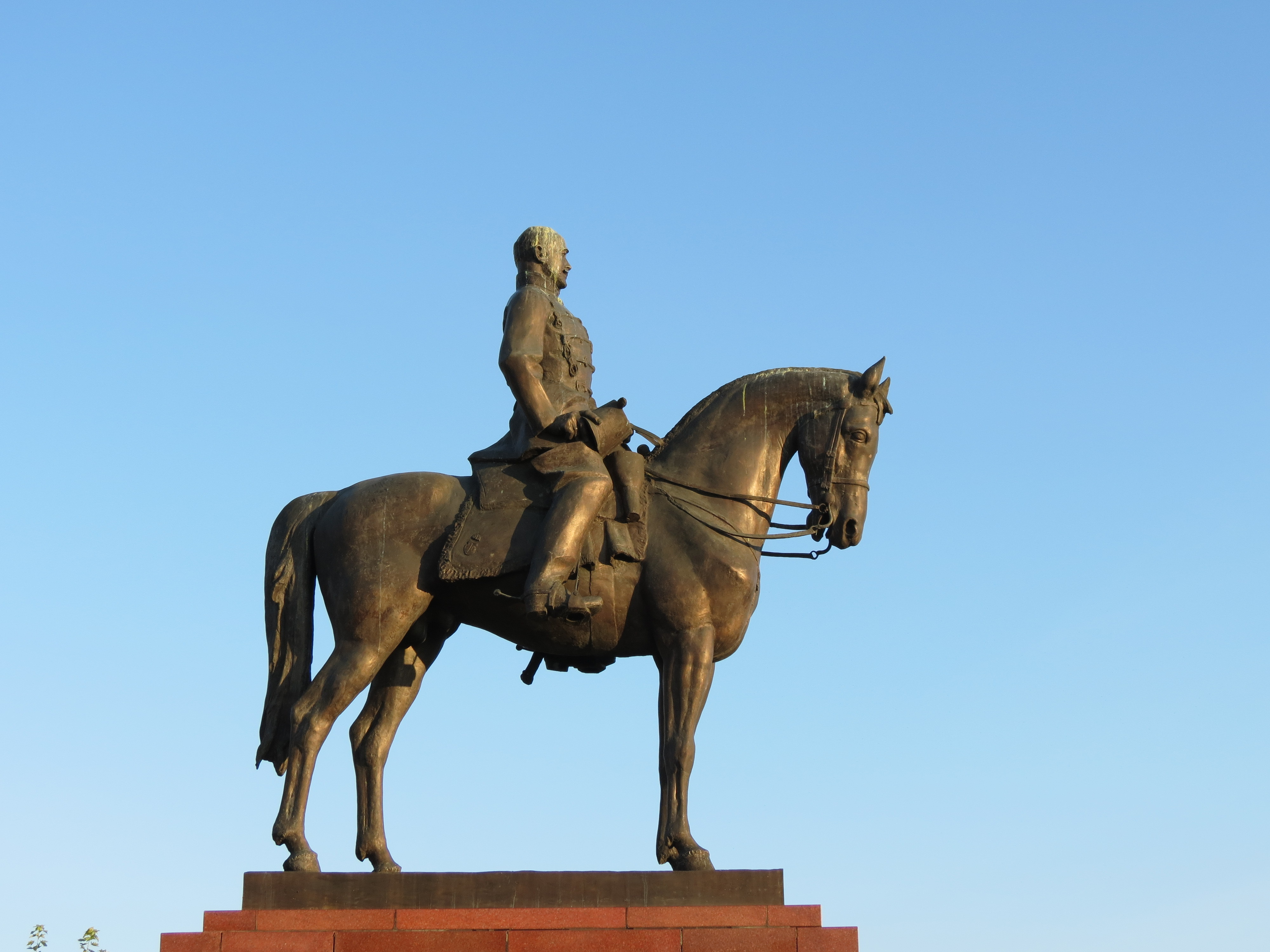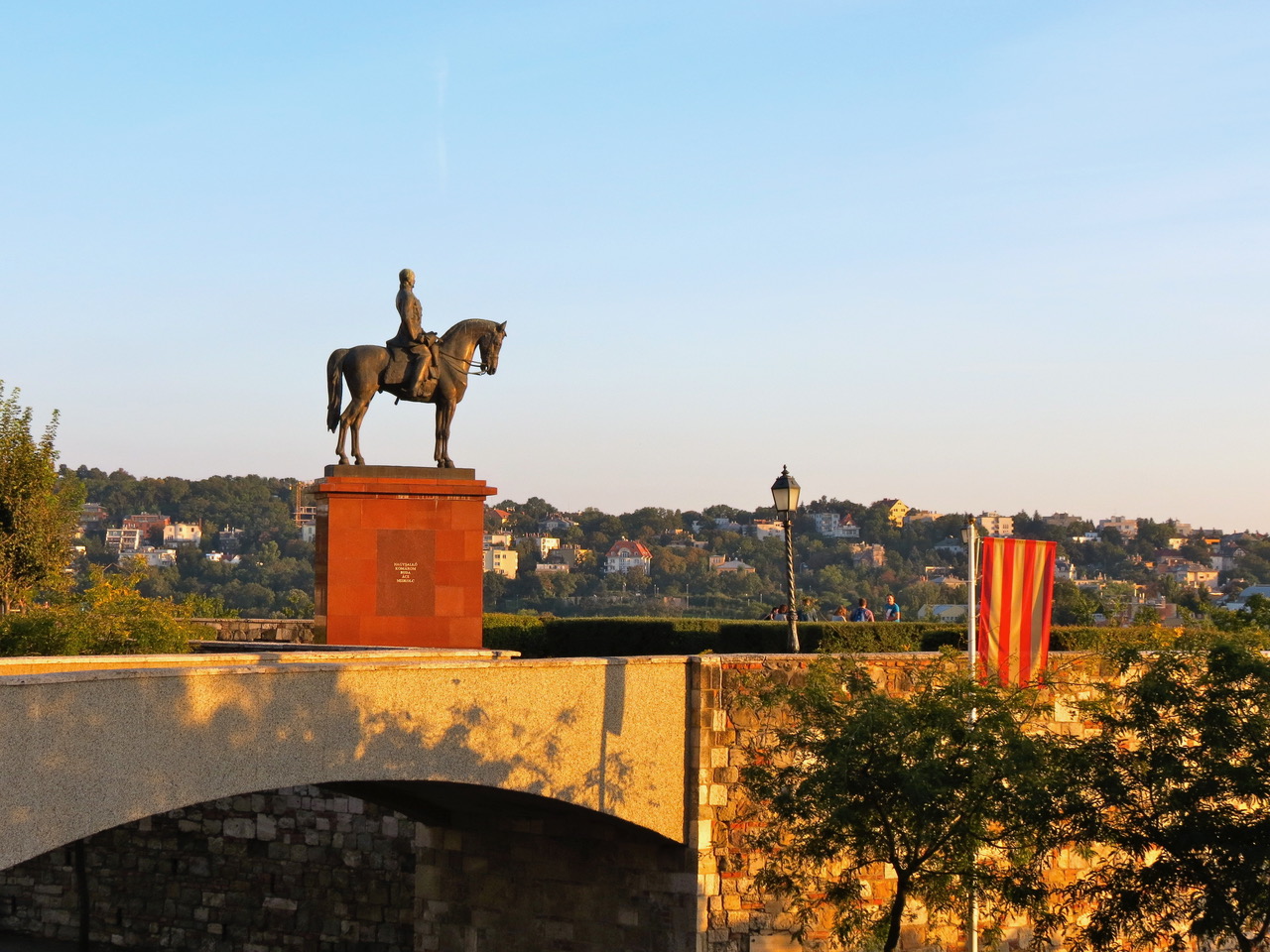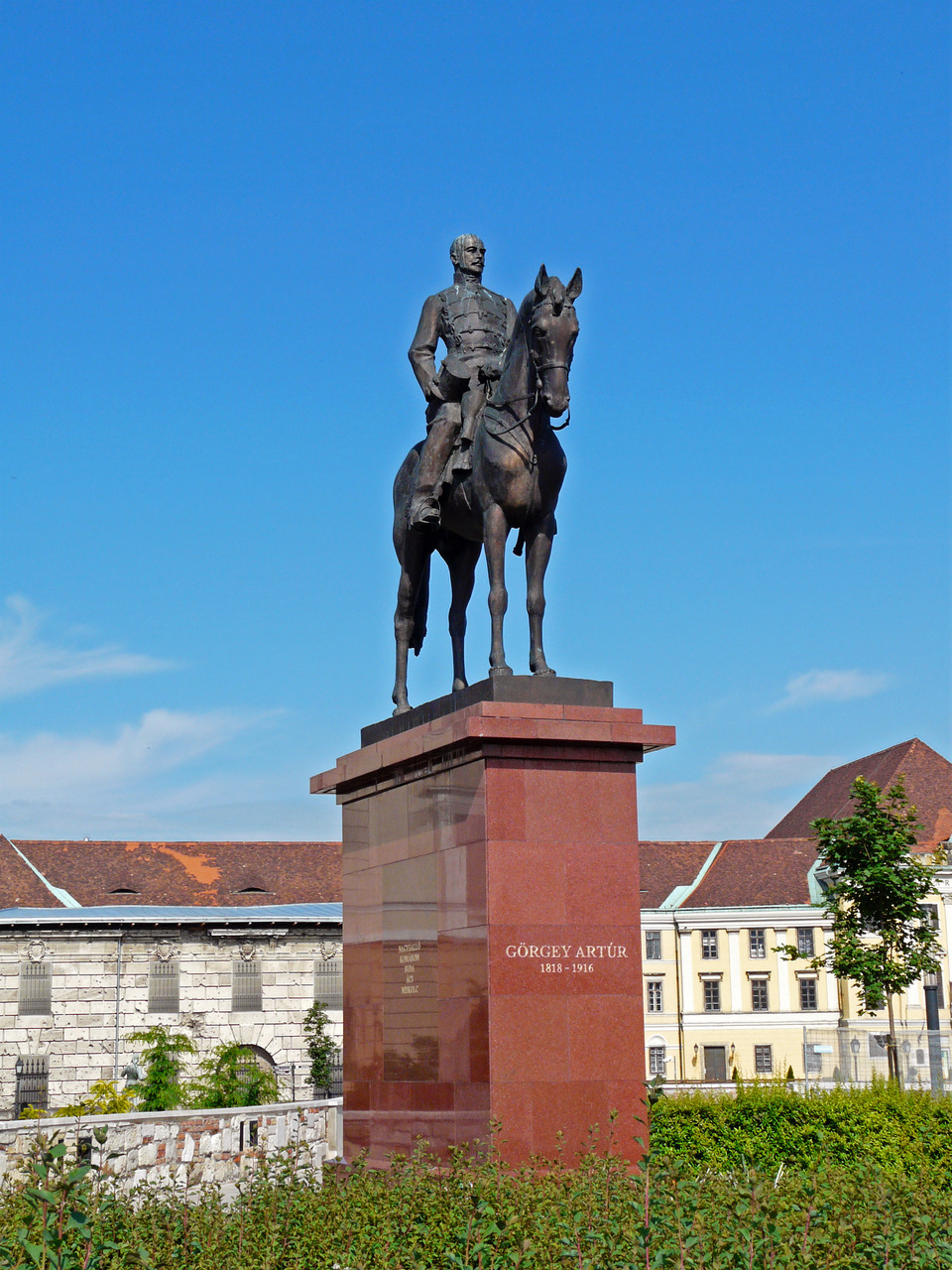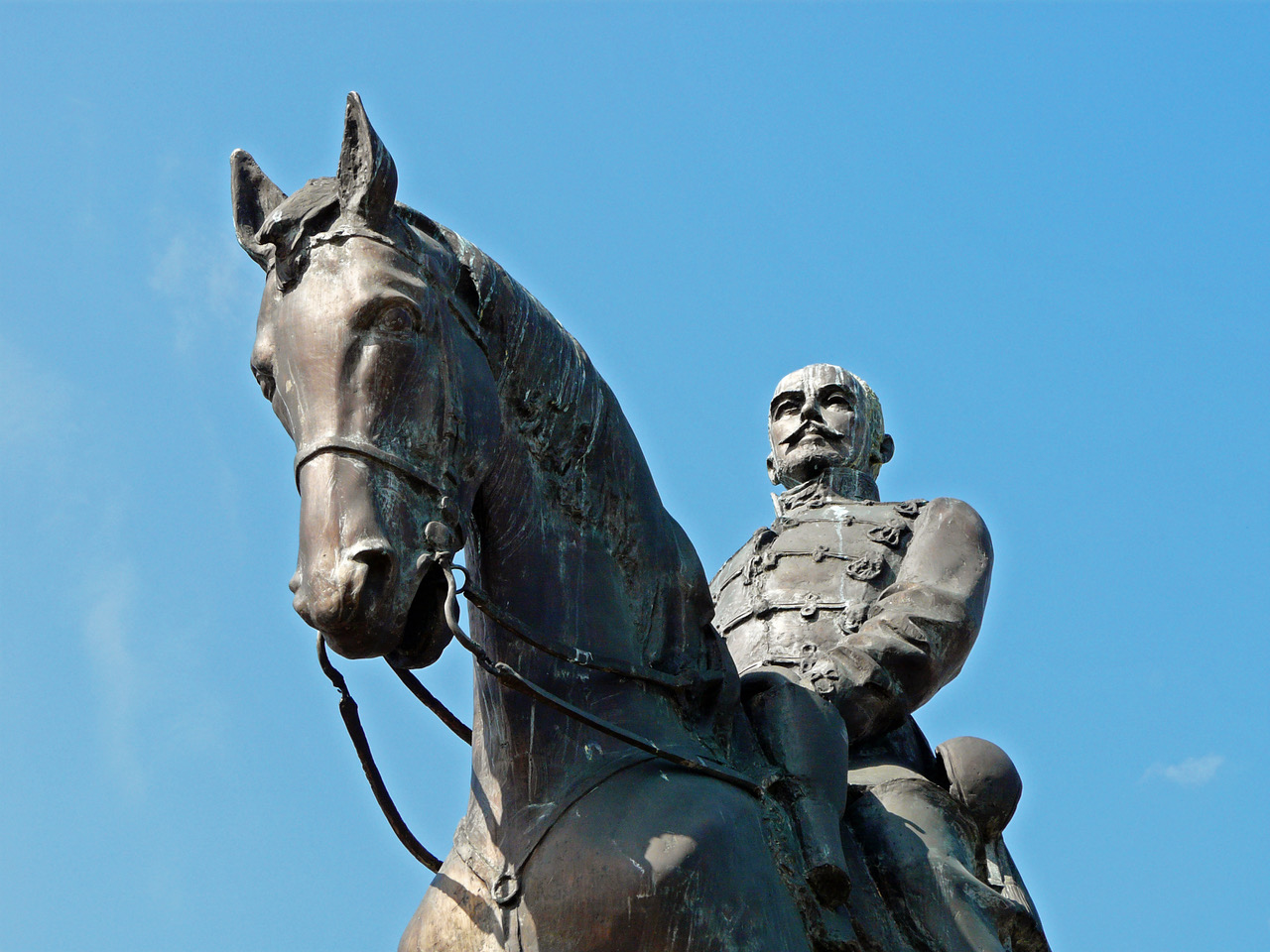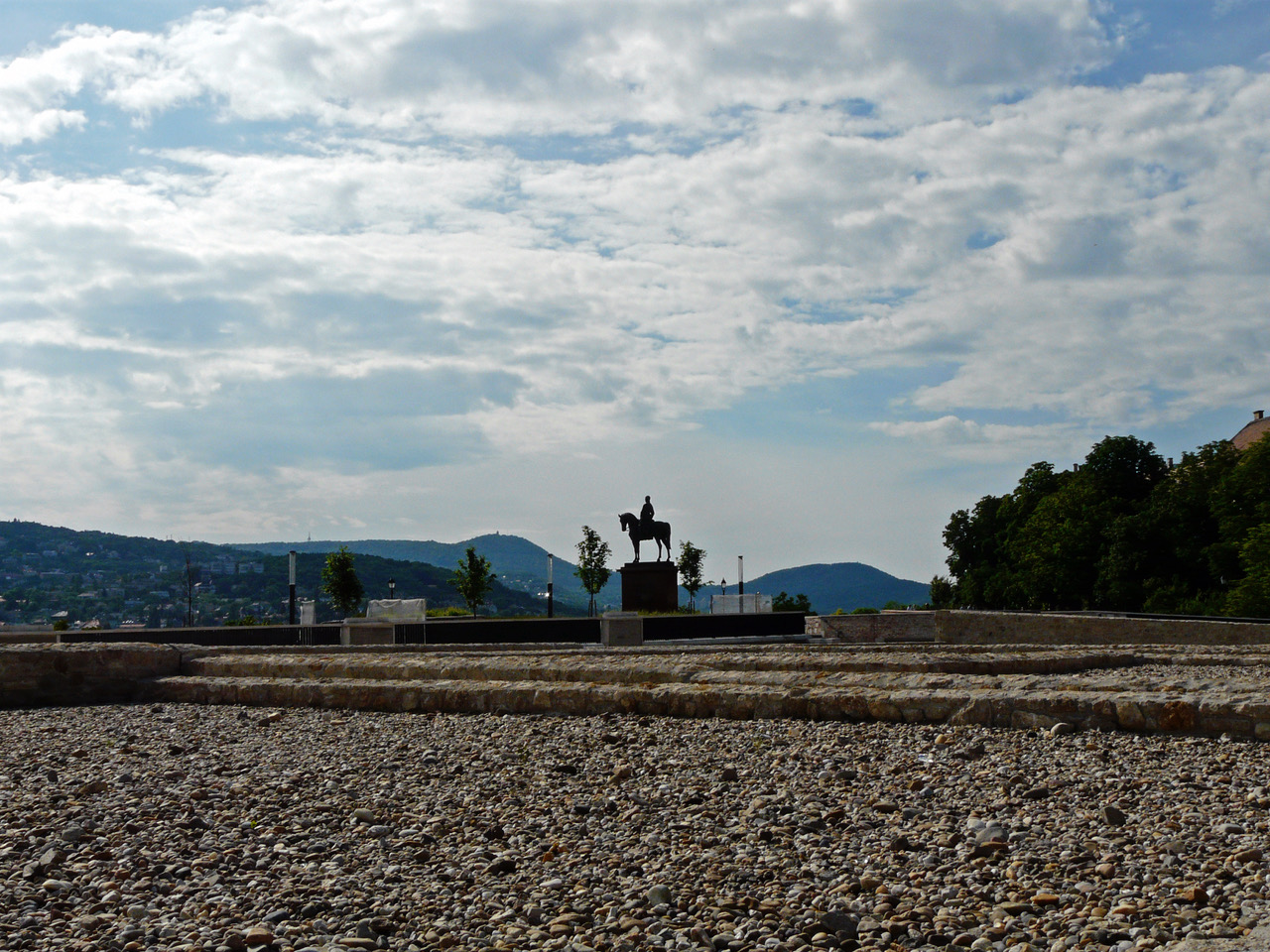- CountryHungary
- Town:Budapest
-
Year of creation:1998
- Rider(s):Görgey, Artúr
(1818 –1916) was a Hungarian military leader renowned for being one of the greatest generals of the Hungarian Revolutionary Army.
In his youth Görgy was a talented chemist, however, he is more widely known for his role in the Hungarian Revolution and War of Independence of 1848–1849, as the most successful general and greatest military genius of the Hungarian army, the leader of the victorious Spring Campaign, which liberated almost all Western Hungary from the Austrian occupation. As recognition of his military successes, he was given political positions: he became Minister of War, and in the last few days of the revolution, he was appointed the dictator of Hungary, which meant that he had all military and political power. Seeing that he could not withstand the numerically and technologically superior Austrian and Russian armies, on 13 August 1849, he surrendered his troops to the Russians, thus ending the Hungarian revolution.
After his surrender to the Russian army, he was not executed like many of his generals, but, thanks to the Russian demand for his forgiveness, he was taken by the Austrians in Klagenfurt in Carinthia, and kept under surveillance until 1867, when, thanks to the amnesty issued as a result of the Hungarian-Austrian Compromise and the founding of the Austro-Hungarian Monarchy, he could return in Hungary. - Sculptor(s):Vastagh and Marton
György Vastagh (1868 -1946) and László Marton (1925 –2008) were Hungarian sculptors, the first one was a son of a portrait painter of the same name.
This statue of Artúr Görgey is a replica by László Marton made in 1998. The original was created by György Vastagh in 1935, but was destroyed in 1945
